Live music scene in Togo
Since the fifties, Togo has been known for its live music scene through the performances of the great Bella Bellow. Following the advent of digital technology, live music gave way to semi-live and playback performances. In more recent times, Togolese artists have revived live performances.
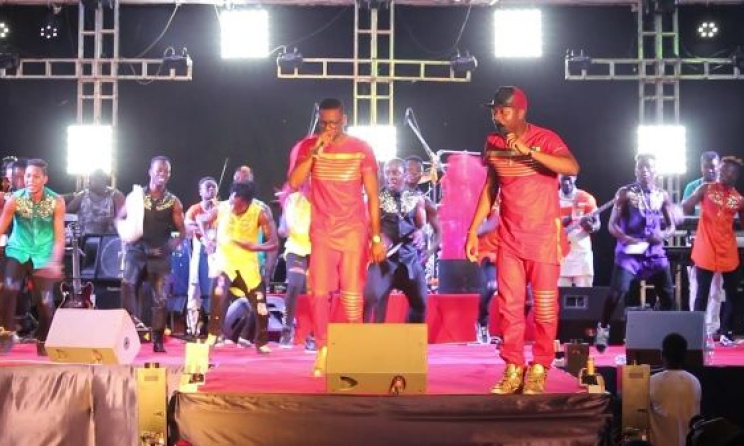 (Photo) Togolese artists on stage.
(Photo) Togolese artists on stage.
History of live music in Togo
War veterans and Togolese expatriates popularized live performances after the Second World War, during reunions between friends and relatives but also on national holidays and end of year celebrations.
“My father had a strong interest in music after the Second World War,” says Sylvain Kadjo, son of a war veteran. “He came back with a flute that he played on evenings after work. He would often meet his friends on weekends to dance and sing."
But it is between the 60s and 80s that a new generation of Togolese musicians like the Melo-Togo orchestra and the Sasamasso band emerged. Most of the artists or musicians were state employees. Fifi Rafiatou, Tassivi Tobias, Achi Deba, Agboti Yao are notorious examples.
"Live music has had its day in Togo,” says Agboti Yao. “It was popular before the colonial times. Bands emerged from several districts of the capital where wealthy retailers bought instruments for the musicians. Live performances were also popular in churches and during national events like independence day in Togo."
Big companies like Fine Musique contributed to the emergence of new talents, which led the live music scene in Togo. Fine Musique was then considered the main financier of live music. The company was the official sponsor of all concerts while promoting its product, Fine cigarette. Competitions and music events were frequent at the time. During weekends, trendy places in the capital were alive with artistic and music events.
"The professionalism of the music performed by Bella Bellow, Akofa Akoussa, Afia Mala, and Fifi Rafiatou, as well as Ghanaian musicians, caught the attention of the Congolese from ex Zaire, Dahomey, Ivory Coast and Nigeria," saysNicolas Gbadoé, a music promoter.
International artists like Alpha Blondy, Meiway and Koffi Olomide performed on stage during visits to Lomé. The golden age of theTogolese live music scene was associated with orchestras and other bands which recorded their music and marketed them.
“The period from the 50s until the 80s was, what we call, the golden age. With the advent of the single party state, live music lost its glory. Most musicians have requisitioned by folk groups including the famous Areto,” Karlos Danklou says. He is managing director of All That Production studio.
The professional live music then became the state’s propaganda music, driving many to exile towards Benin, Ivory Coast, Ghana, Gabon, and Cameroon.
According to analysts, at that time, music lovers enjoyed good, not and necessarily commercial, music. Many recorded music in Ivory Coast or in Ghana, supported by local arrangers like Ana Disseni.
"There wasn’t any other form at the time. It was live music or nothing. Today, with the evolution of technology, young people are not fully involved. Most of them do not know how to play an instrument or even sing. It was different in the old days. We sang and breathed music," says Ami Youyou, a Togolese artist.
Togolese artists at the semi-live school
The end of the 90s and the early 2000s saw the birth of a new generation of Hip-hop and R&B artists following the emergence of computer-aided music.
Says Kevin Dieudonné, a journalist, and presenter on LCF Television based in Lomé: “Towards the 2000s, semi-live performances became popular in Togo,thanks to artists like Eric Mc, Ali Jezz, Rx Patou and Wel' sny band. They were the pioneers of semi-live performances."
According to observers, the influence of Congolese and Ivory Coast music explains why Togolese artists preferred semi-live performances.
Live performances slowly returned in the nineties. With the advent of democracy, former bands like Sassamasso made a comeback. Playback concerts became unpopular leading to living performances making a comeback from the 2000s.
Toofan, The Seeds, King Mensah, Almok, Toto Tsilatsi and Bella Bellow hosted live events in all corners of the capital, the l’Espace 54, le Sunset and at la Rumba.
The revival of live music
Today, cultural promoters have come together to organize live events like the Peace Forever Live Music Festival, Campus en Live and 228 T Factor.
“These shows aim at promoting live music in Togo. It is the music which not only can be exported and sold outside the country but, which requires, on behalf of the artist, a lot of work, reflection, and creativity ", says Ariel Dassanou, coordinator of the Peace Forever Live Music festival, an initiative supported by the new generation of musicians namely Karlos Danklou, Joël Azetor, and KangThe Dreamer amongst others.
Today, the live music is rising from the ashes thanks to young artists showcasing their talent and following the example of their elders like Sasamasso, who continues to entertain music lovers. Reforms are also underway to provide a legal framework for the proper functioning of the sector since many talented professional musicians emigrate.
References:Melo-Togo
Eric Mc
Peace Forever Live Music
228 T FACTOR














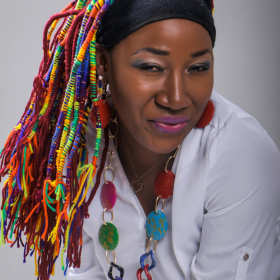





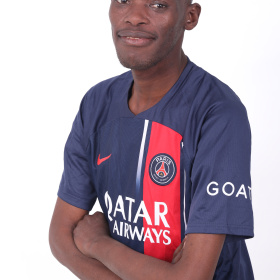
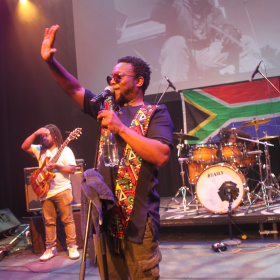
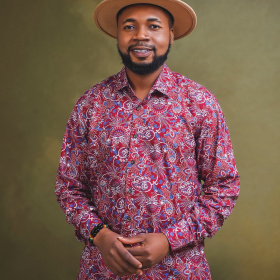

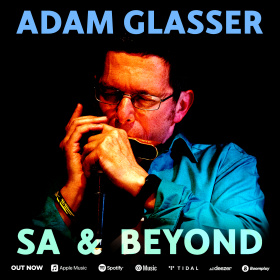

Comments
Log in or register to post comments